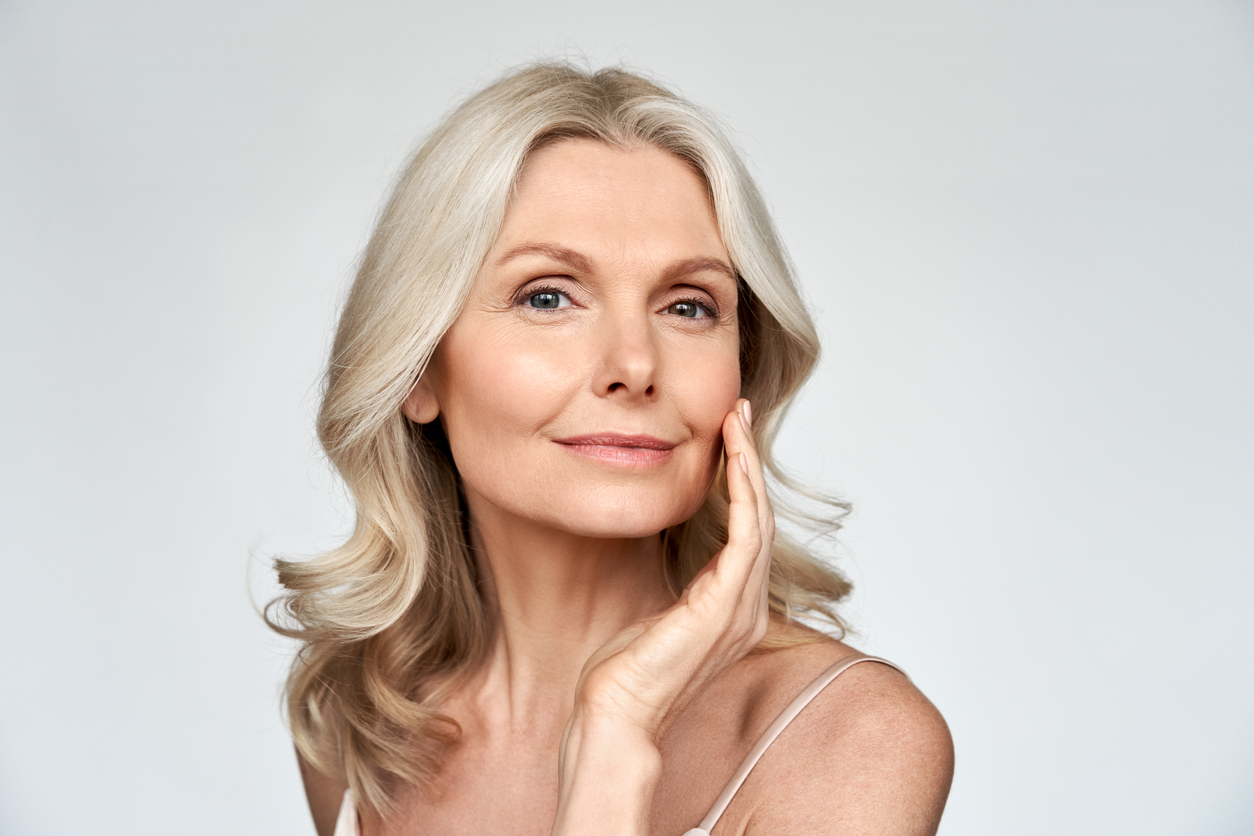Our Sun Damage Treatment
What is Sun Damage?
When the sun emits its warm glow, your skin soaks up ultraviolet rays that damage your skin and cause sunburn. Wrinkles, dark spots, and pre-cancerous lesions (called solar keratoses) may occur from too much sun exposure. Skin cancer can also result many years after your time worshipping the sun.
How Can I Prevent Sun Damage?
Prevention is key to avoiding skin cancer. Protective clothes, such as light, long-sleeved shirts and pants, along with the use of broad-spectrum sunscreen, helps reduce UV exposure. Avoiding sunburns is extremely important.
TYPES OF SUN DAMAGE
Sun damage can have a profound impact on the skin, so it’s crucial to understand what you’re dealing with out there. These are the primary types of sun damage:
- Sunburn – Sunburn is the most immediate and visible result of excessive sun exposure, with the skin becoming red, painful, and sensitive when exposed to ultraviolet (UV) radiation. It occurs due to the body’s inflammatory response to UV damage and repeated sunburns can increase the risk of skin cancer.
- Sun Spots (Solar Lentigines) – Sun spots, often known as solar lentigines, are flat, brownish spots that develop on the skin after prolonged sun exposure. They occur when the skin tries to protect itself from UV damage by producing extra melanin. These spots typically appear on areas frequently exposed to the sun, such as the face and hands.
- Wrinkles – Sun damage can accelerate the aging process, leading to premature wrinkles. UV rays break down collagen and elastin fibers in the skin, causing it to lose elasticity and develop fine lines and wrinkles. Consistent sun protection is essential to delay the onset of wrinkles.
- Melasma – Melasma is a common skin condition characterized by dark patches, often on the face. Sun exposure can exacerbate melasma, as UV rays stimulate the melanocytes in the skin to produce more pigment. Using sunscreen and sun-protective clothing is crucial for managing melasma.
In addition to these types of sun damage, prolonged exposure can lead to various other skin issues that might call for sun damage treatments, including actinic keratosis, skin cancer, skin discoloration, and skin thinning. Topical creams and laser therapy can address these issues.
PREVENTION TIPS
- Apply Sunscreen Daily: Use a broad-spectrum sunscreen with at least SPF 30 everyday. Reapply it every two hours when outdoors, ensuring consistent protection.
- Seek Shade: Find shade when possible, especially during peak sun hours between 10 a.m. and 4 p.m., to reduce direct UV exposure.
- Wear Protective Clothing: Choose long-sleeved shirts, wide-brimmed hats, and sunglasses with UV protection to shield your skin and eyes from harmful rays.
- Avoid Tanning Beds: Steer clear of tanning beds and lamps, as they emit concentrated UV radiation and significantly increase the risk of sun damage and skin cancer.
- Regular Skin Checks: Routinely examine your skin for any changes, new moles, or unusual spots. Early detection is crucial for treating sun damage, mole removal, and skin cancer prevention.
- Stay Hydrated: Maintain proper hydration to help your skin maintain its natural protective barrier and recover from sun exposure effectively.
- Check UV Index: Monitor the UV index in your area and plan outdoor activities accordingly. Higher UV levels mean increased sun damage risk.
- Limit Sun Exposure Near Water and Snow: Be cautious near water and snow, as they can reflect UV rays, intensifying your exposure. Take extra precautions in these environments.
- Avoid Perfumes and Citrus Oils: Steer clear of fragrances and citrus oils that can make your skin more sensitive to UV radiation. Check product labels for photosensitizing ingredients.
- Stay Informed: Keep yourself informed about sun protection guidelines and new skin care products or technologies that can aid in safeguarding your skin.
Consistent use of sunscreen specifically is an excellent preventive measure against sun damage. It not only helps protect against immediate damage like sunburn but also reduces the long-term risk of skin cancer and premature aging. The key to maintaining healthy and youthful skin is proper sun protection.
 What Are Age Spots & Hyperpigmentation?
What Are Age Spots & Hyperpigmentation?
Age spots really occur due to sun exposure, not aging. These brown spots, known as lentigos, develop due to collections of melanin, the skin’s pigment. With sun exposure, your skin produces more melanin.
Freckles are another common form of hyperpigmentation and are aggravated by frequent sun exposure. Melasma, which are patches of darkened skin that may look brown or gray, can be made worse with sun exposure.
How is Sun Damage Treated?
At Placer Dermatology, your provider may recommend topical creams and laser treatments to effectively treat age spots, hyperpigmentation, and freckles. Topical creams prescribed by your provider may contain hydroquinone, tretinoin, and cortisone. They effectively treat hyperpigmentation but take about three to six months to take effect.
Topical and laser treatments to reduce sun damage are usually permanent, especially if you commit to prevention in the future. You must always protect yourself in the sun every day to avoid undoing the work of the treatments.
Placer Dermatology specializes in the treatment of sun damage and has a multitude of products and solutions to create an effective, individualized plan for you.

